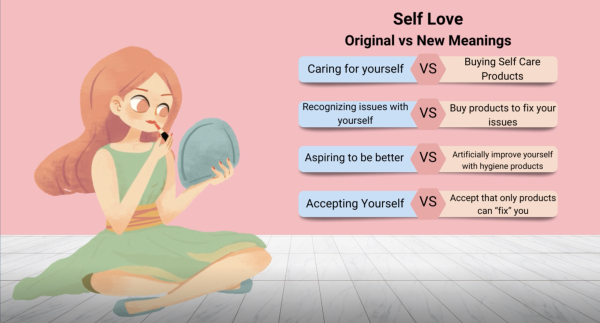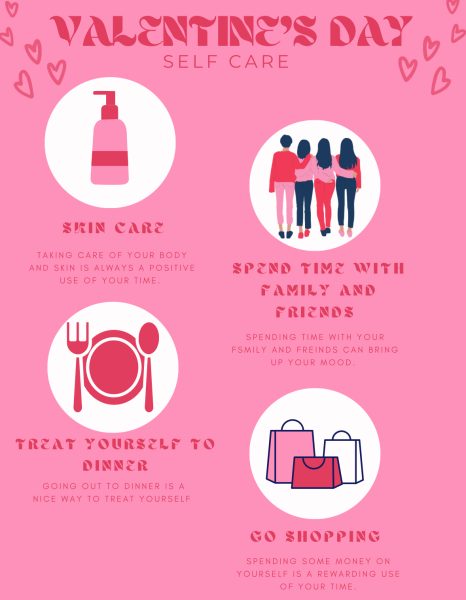Editorial: lack of post-secondary support leaves some without a future plan
November 19, 2019
With the cost of college doubling every nine years according to FinAid, seniors throughout the country are faced with the tough decision of shelling out tens of thousands of dollars or working tirelessly on scholarships in order to pay for an education that might not always be necessary. Especially with a diversifying job market, not all careers require a rigorous four-year education, but other postsecondary options aren’t as readily available to students as the countless sources for college scholarships and school visits.
In the early twentieth century, college was the fastest way to the middle class. Now it’s one of the fastest ways to debt.
According to Federal Reserve data, Americans now owe $1.5 trillion in student loans as of 2018, making the benefit of a college degree not always worth the cost. The medical field, education, and other research-based career paths are some examples of careers that require a student to attend at least four years of college in order to have a shot at success in their craft though.
There was and still a stigma around students that don’t choose to attend college. LaJoy Green, college counselor at North, said that many believe that students who don’t go to college “won’t be successful and they have no goals or dreams.”
She then said, “this always isn’t true. Their path may look different, but it doesn’t mean they don’t have aspirations. They just have to prove it more.” These students have to work harder to show adults that they do have goals and aspirations because their success isn’t going through the typical journey that ends in a degree.
Many educators encourage students to get this college degree, but it always isn’t the only option. Career paths like art, transportation, and agriculture don’t require the rigorous and expensive college atmosphere and can often pay as much or more than a college graduate.
Jordan Cowden, 12, believes that many educators can do a better job at squashing the stigma around trade schools.
“Trade schools are looked down upon by many people because it’s only two years of college and trades used to not pay well. However, now they do because you actually need an education and Baby Boomers are retiring even though these jobs are sticking around,” he said.
According to the American Trucking Association (ATA), the median annual wage for a truck driver is $73,000 while most bachelor graduates earn only $50,390 on average according to a 2018 Korn Ferry study. In order to be a certified truck driver, drivers must simply be 21, go through a seven-week program to obtain a commercial trucking license, and pass a background and drug test according to the ATA. The cost for the trucking license course costs only between $3,000 and $7,000.
It’s not easy to get into a university with the confusing jargon in the applications and these students receive tons of support from educators.
In fact, the college application process often leaves students feeling “frustrated and dumb,” Green said. Students applying to a trade school or beauty school must feel even more lost without the advice and resources that a college-bound student would get.
Cowden plans to attend Metro Community College for his first two years in college then will transfer to Wayne State. He said that although the application to MCC was straightforward, the course descriptions were not since there were many discrepancies between the course guide and required classes that a student must take.
While 69.7% of high school students enroll into a college right after graduation as of a 2016 report by the Bureau of Labor Statistics, there is still a large population of students that don’t. They still deserve that extra support from counselors and teachers in order to increase the chances of their success.
While there are some resources given to those students like the Legacy Program which helps a select number of seniors go straight into the work force with the support of OPPD, there doesn’t seem to be much support right now besides these selective programs. Students that want to go to a four-year college can receive support from both counselors and educators by helping them with scholarships or sponsoring apply to college days.
If a student chooses to not go to college and go straight into the workforce, educators should put as much time as they do with students that wish to go to a four-year college. It’s important that educators still work to ensure a student’s success by providing resources for job shadowing or internships while they’re still in high school.
There is some progress being made on this. Allison Iles, another college counselor at North, continues to integrate many post-secondary options for students throughout their curriculum and their time at school. For example, she’s organized career fairs in the past. She also plans to invite different industry people and military branches to talk to seniors during Viking time.
Naviance seems to be the bridge connecting students wanting to go to a four-year college, those that wish to seek other post-secondary opportunities, and college counselors. Along with finding scholarships and voting for homecoming candidates, the website allows for students to sign up and speak to different careers when they’re in the building.
For students that are unsure about what career they would be interested in, Naviance has a career interest inventory quiz that gives career options and steps to make that a reality after completing the quiz.





